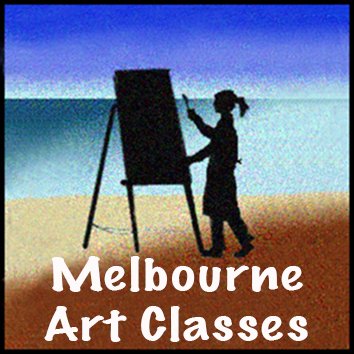Moving into abstraction
HOW DO I START WITH ABSTRACT ART?
This of course will depend on what it is you are interested in, what you are aiming to express and how much your skills have developed in the foundation subjects.
Here are a few ideas to get you started.
You need to start perceiving the world around you in a new way.
Make sure you have spent enough time and exploration with the elements and principles of design/composition with known subjects, so that your eye, brain and hands are well acquainted You will be applying many of these principles and techniques to an abstract composition.
Take a look at some of the early pioneers of abstraction and try to identify which elements are abstracted and which principles have been achieved.
Choose an abstract artist - look on the net, perhaps one of the Russians like Malevich - who uses simple, strong shapes - and copy a few of them. Then try to create your own design of simple shapes using those as a starting point.
Start with nature. Picasso said 'There is no abstract art. You must always start with something. Afterwards, you can remove all traces of reality. Try looking at some realist paintings and reducing them to bare bones, simplifying the main shapes. Forget about the things being shown, just indicate the main volumes - the rough shape of a figure, the vertical shape of a tree, a horizon.
Use the chance to help create a composition. Cut out some basic shapes - squares, circles, ovals, triangles - in the coloured card, and toss them onto the floor. Move a cut-out card frame (8x10) over the shapes until you see an arrangement that looks interesting.
EXPLORING ABSTRACT ART - IDEAS AND PROJECTS
For some artists, philosophy, literature and art itself are a source of inspiration. Drawing can provide a way of exploring concepts, bouncing thoughts around and expressing feelings that are difficult to put in words. Traditional art forms often used allegorical figures and dramatic gestures, realistically painted, to express these ideas. Modern artists often use abstract means to express very similar thoughts. Consider some of these approaches:
Experiment with mark-making: Create patches of scribbles and squiggles. See how many different types of marks and textures you can make. Try aggressive, harsh, angry marks. Make smooth-flowing lines, both continuous and short. Make rhythmic, orderly marks and random crazy ones.
Use text as a design component: Use a poem you've written or print one out. Try printing it in an interesting font, or writing it out in scrawling longhand. Print it in large type, cut up the text and pick some interesting words. Glue them onto a page as if for collage, and draw designs, doodles and patterns around and over them.
Illustrate a favourite text: Literature has inspired many artists. Think about a favourite poem, novel or play. How do you envision the scene or the characters? What atmosphere has the author created? If you were making a backdrop to a scene, what sort of texture would you use?
Respond to a text without actually illustrating it: How does a certain poem, story or song make you feel? Try to translate that emotion into marks, shapes and colours on the page.
Destroy an Image: Start off with a photocopy of a realist image, and deface it. Tear the surface with tape, and add layers of texture with restoration paper, thick pencil, and collage.
Be aware of copyright issues with collage materials.
Artistic Challenges:
1. Do a sequence of drawings and paintings reducing the detail in each to explore how little detail and how few brushmarks or lines you can use yet still convey the essence of something. Matisse's line drawings (eg this self-portrait) and paper cutouts of figures are great examples of this. Take it down to as few as three lines for a figure.
The viewer's mind fills in what's not there; you're engaging them actively, and they're no longer looking passively.
2. Add poetry to a realistic landscape by using suggestions rather than descriptions. Soften and blend edges, hide detail under semi-opaque glazes so close looking is rewarded, and let things disappear into the distance.
